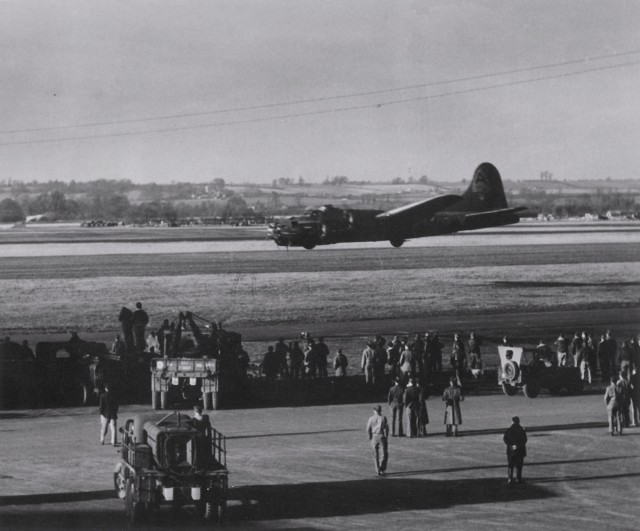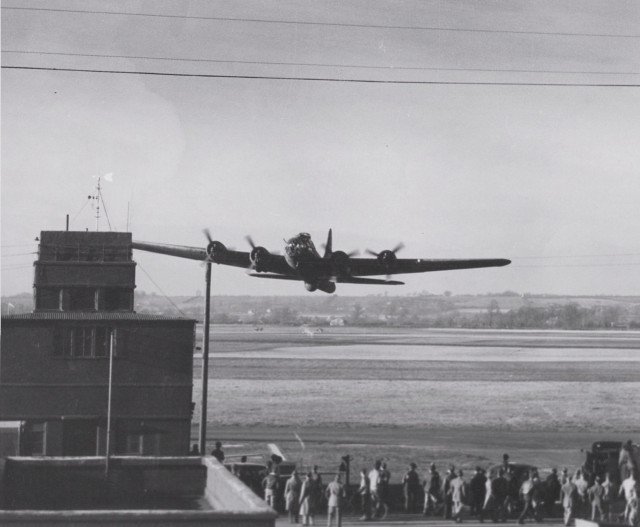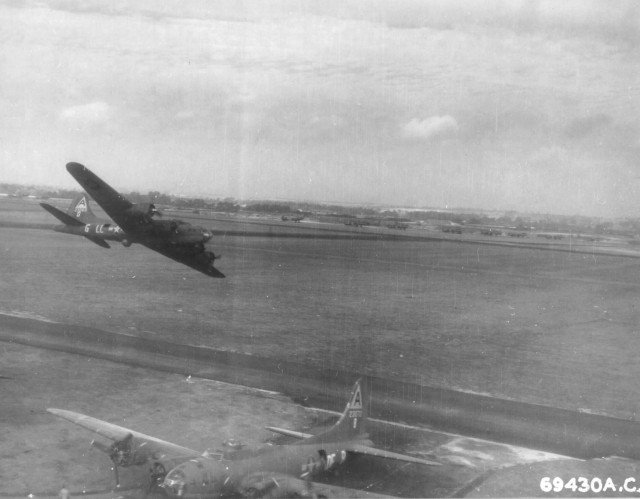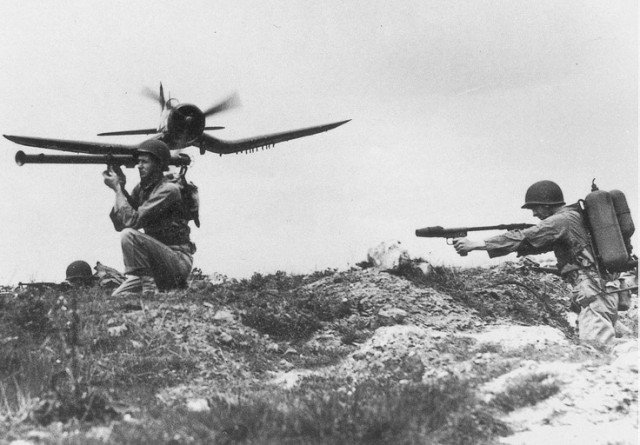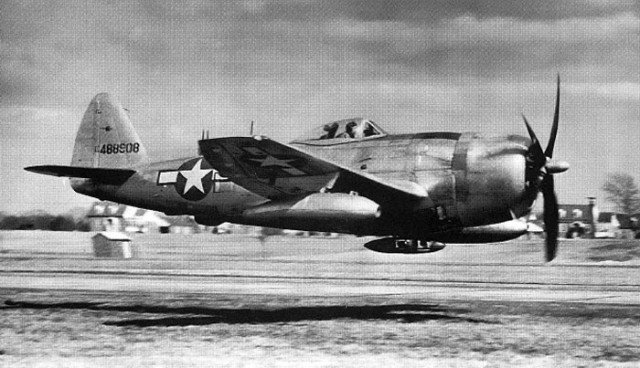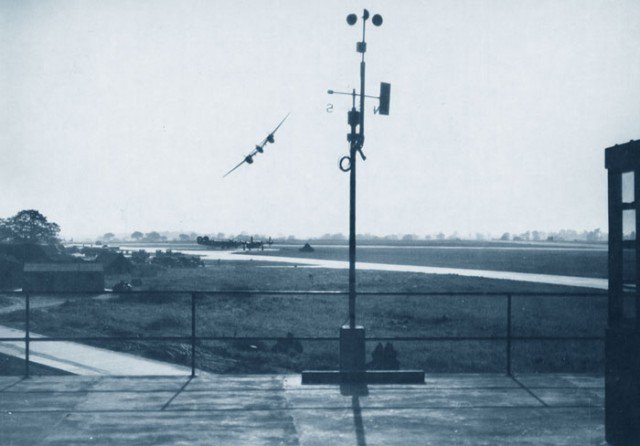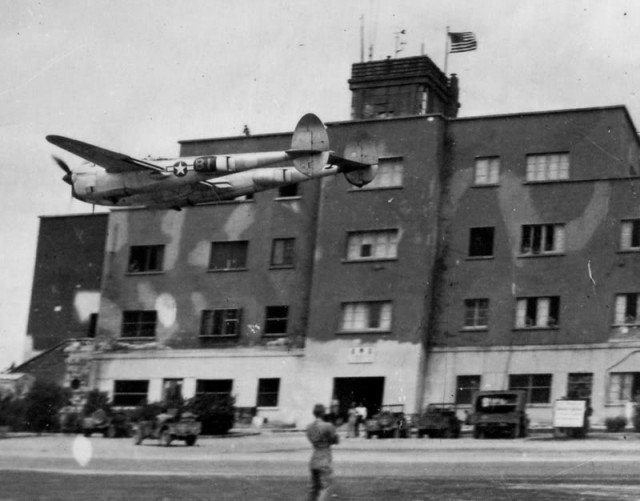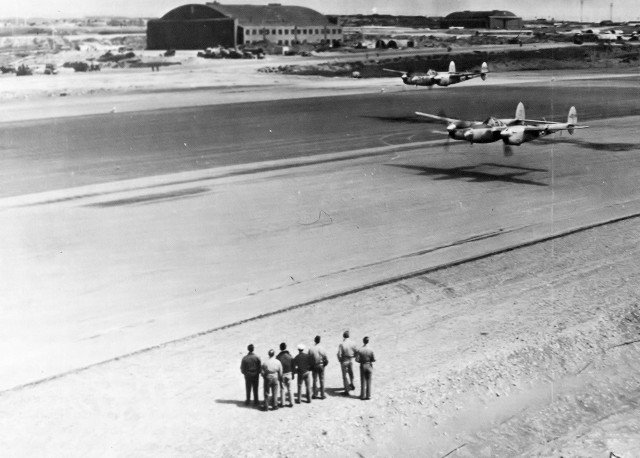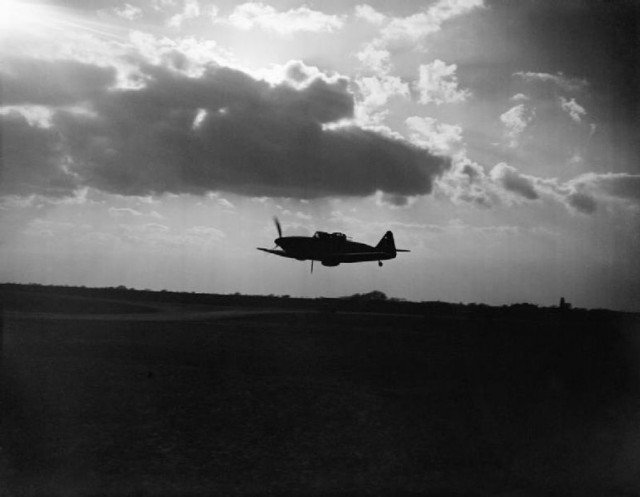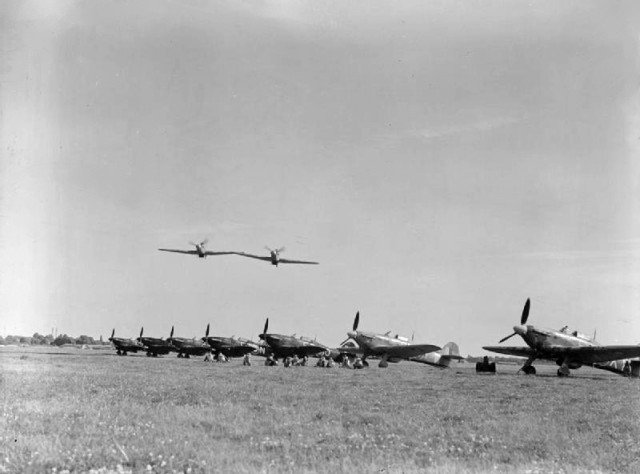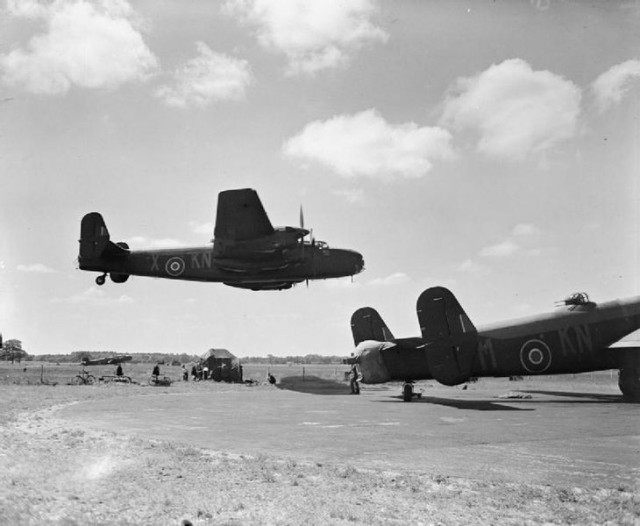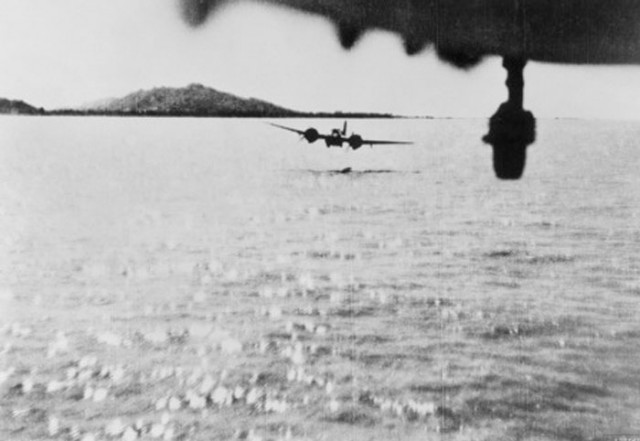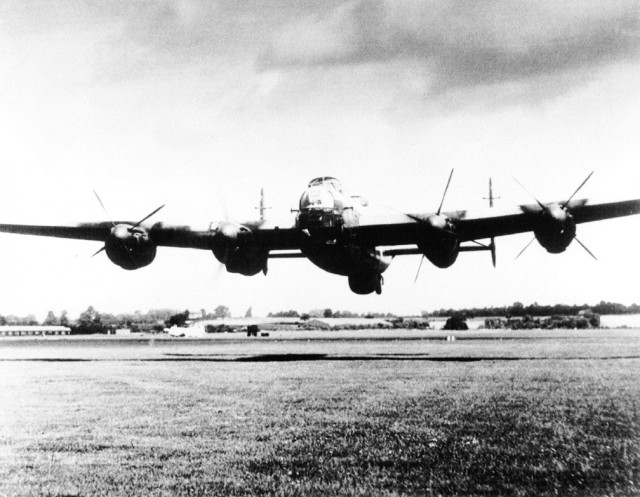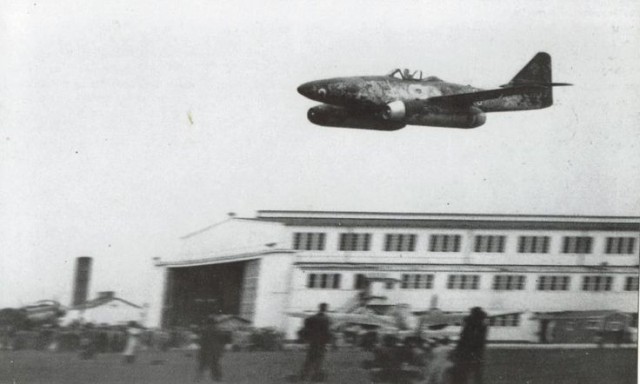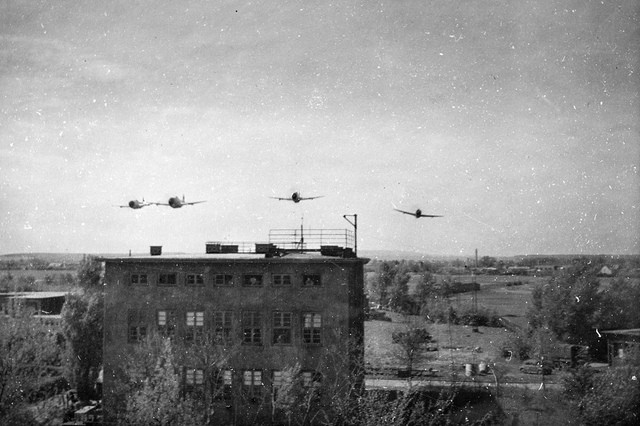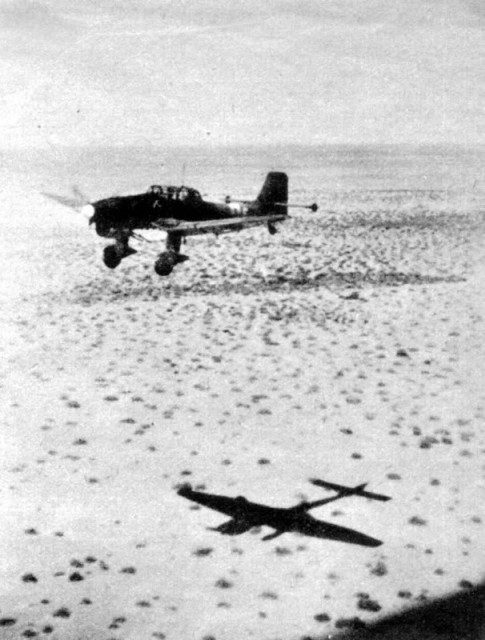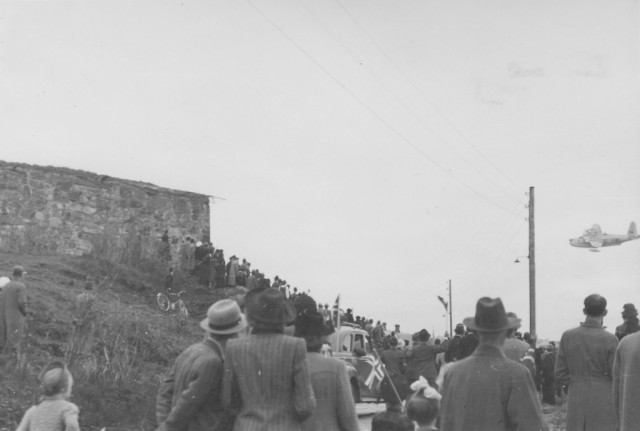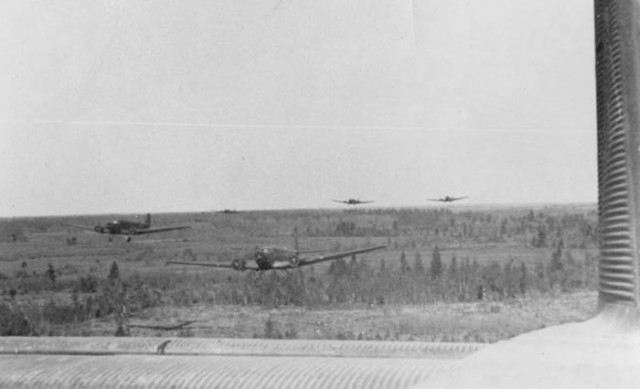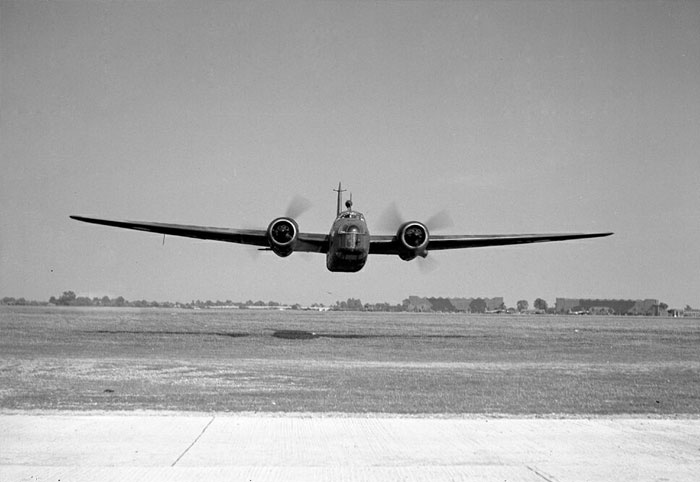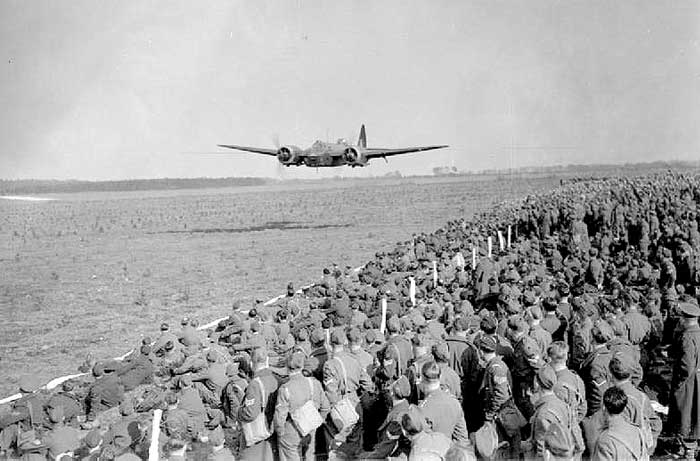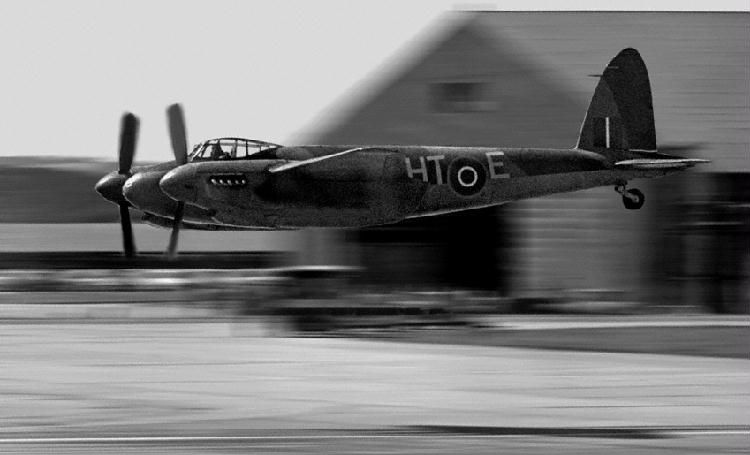Man has always strived to reach the sky. From the mythical age of Daedalus and Icarus to the birth of modern aircraft in the early 20th century, this fascination with conquering the heights has opened many opportunities, primarily in air transport and travel. But very early in their development, aircraft found their use in warfare.
Entering combat during the First World War, it took decades to master and improve these mechanical birds. By the time WWII started, many excellent pilots were already in service, ready to test new aircraft and reach new heights.
Although attaining great heights was an important and often primary goal, as WWII progressed many realized that the true skills of the aviator could be displayed only when this was reversed. So, to prove that they were real aces, the Allied pilots often flew as low as they could, raising the dust below, as well as the hats of many startled spectators. This applied to both the fighter pilots in their light and fast aircraft and strategic bomber crews, who had to fly their aerial beasts with great strength and precision.
But it wasn’t all for done for show. The need for aerial support of ground forces became a necessity, as combined action proved to be the best, if not the only way to impose superiority on the battlefield.
In this, the Germans had the upper hand, as their combined-arms tactical doctrine known as Blitzkrieg relied on close support and unconditional cooperation between the Luftwaffe and the Heer, as the Wermacht’s land forces were called.
Very soon, all the major combatants in the war realized that their pilots were an even more valuable asset if they could provide close support to their ground forces.
While the Allies were caught off guard in 1940, during the Battle of France, in the following year the British introduced RAF-Army Air Support Control staffs at each corps and armored division headquarters, as well as a Forward Air Support Link at each brigade to handle air support requests.
Charging into the flames and chaos of battle, faced with a salvo of small arms fire, was indeed dangerous as it sounds. The pilots had to be well trained and with nerves of steel in order to dive towards the ground to conduct an attack. On the other hand, such skill often came in handy during dogfights, in escaping whoever it was on your tail.
Even though their performance on the field of battle was what really mattered, the flying daredevils used every opportunity to show off and impress their mates, as you can see on the pictures.
Either way, it makes for some very impressive pictures!
